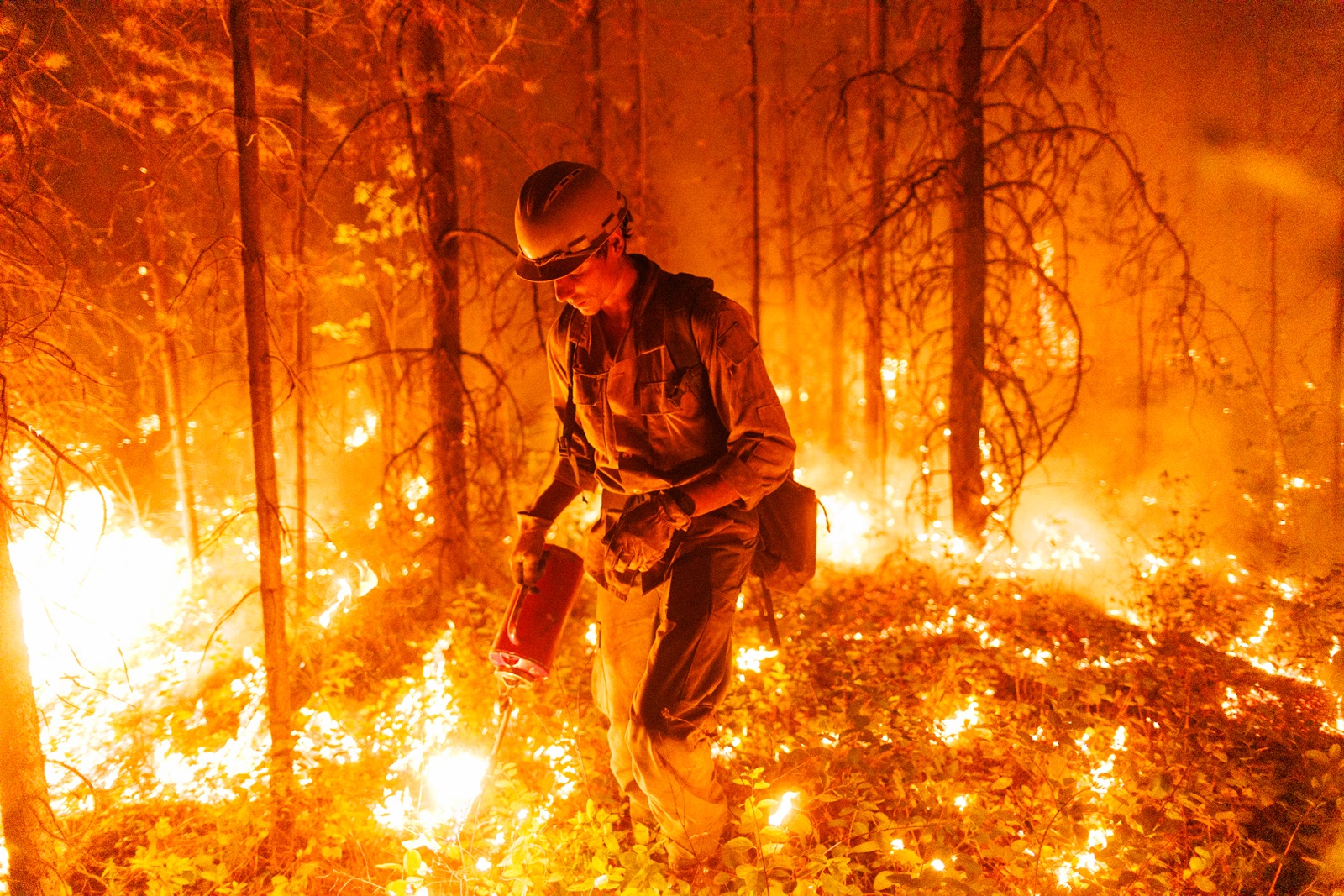Chapter 1: Facing Reality
Humanity is at a precipice. We can remain idle and merely hope we survive, or we can take action and build a more sustainable and equitable future together.
In June 2021, the Pacific Northwest region of North America experienced an unprecedented heat wave, called a “heat dome,” shattering historical records as temperatures soared well above forty degrees Celsius for several days. A large part of the Canadian province of British Columbia is a temperate rainforest, yet it endured temperatures normally associated with Middle Eastern deserts. Such heat is unheard of in a region that rarely rises above thirty degrees all summer, let alone in “Juneuary” — a term colloquially used by Vancouverites to describe their typically cool and rainy late spring weather, often lasting days on end, reminiscent of January rainfall.
Six hundred and nineteen people died across the province in only a few days due to the heat, making it the deadliest weather-related event in Canadian history. During that time, Southern British Columbia experienced the highest temperature ever recorded in Canada, reaching a scorching 49.6 degrees Celsius (121 degrees Fahrenheit) in the town of Lytton, BC, a small village approximately 150 kilometers northeast of Vancouver. The very next day, the entire town was consumed by flames and burned to the ground.
Less than six months later, an atmospheric river brought record rainfall to the Fraser Valley region of the province, unloading eleven inches of torrential rain over two days. The storm killed hundreds of thousands of livestock animals and caused billions in damages from flooding and landslides that also shut down every roadway out of the area, completely cutting off the province’s most populous region from the rest of Canada.
The heat dome event was 59% longer and 34% larger than the same event would have been without a warming climate.
- Research Study led by Piyush Jain, Research Scientist for Natural Resources Canada
Although not every extreme weather event can be directly attributed to global warming, the increasing frequency and intensity of these events align with patterns that climate scientists have long warned us about. The heat dome and subsequent flash flooding later in the year were fueled by climate change. Even without global warming, that heat wave would have occurred, but it wouldn’t have been nearly as intense. Storms, droughts, and wildfires have always been a part of our climate, but record-breaking weather events used to be rare. Now, they are happening with alarming frequency and intensity.
In 2023, New York City became shrouded in a thick, smoky haze that had drifted down from Canadian wildfires raging across the country, casting a surreal, post-apocalyptic orange hue over the bustling metropolis. Uncontrollable megafires burned over 18 million hectares from coast to coast — an area larger than all of England and Wales combined. It was the worst fire season in Canada’s recorded history… so far.
In the spring of 2024, a massive storm brought a record-breaking deluge to the Middle Eastern countries of Oman and the United Arab Emirates. It was the heaviest day of rainfall ever recorded in 75 years of record keeping. More than two years’ worth of rain fell across the region in a single day, turning streets into rivers and killing at least 24 people in the ensuing floods.
That same year, brutal heatwaves gripped Europe, the Middle East, and India, pushing temperatures beyond 50°C in some regions. In India, scorching conditions forced school closures and claimed dozens of lives. Across the Persian Gulf, cities became unlivable as the heat index—factoring in humidity—soared past 70°C, a level at which the human body can no longer cool itself. Meanwhile, Europe’s relentless heat shattered records, fueling wildfires and crippling infrastructure built for a cooler climate.
The statistical trends show deeply alarming patterns of climate-related variables and disasters. We also found little progress to report as far as humanity combating climate change.
- “The 2023 State of the climate” report co-signed by more than 15,000 scientists in 161 countries.
Climate change isn’t a distant threat—it’s already here, setting fire to our homes, flooding our streets, and pushing entire communities to the brink. But while the challenges are immense, so are the opportunities. The solutions we need already exist—we just need the courage and determination to implement them.
Even those who deny climate science cannot ignore the frequency and escalating strength of these record-breaking disasters. The world is changing before our eyes. But the question is—what do we do about it? It is imperative that we implement solutions that can help mitigate these impacts and prepare ourselves for a future where such events are likely to become the norm.
What we have experienced so far is just a glimpse of what is to come, yet governments all around the world continue to drag their feet on climate policy. When it comes to taking tangible action to prepare for these inevitable crises, precious little is being done.
But this is not a book about inaction or despair. It is a book about what’s possible—about how we can face these challenges head-on with bold, achievable solutions. The future isn’t written yet, and what happens next depends on what we choose to do today.
Wildlife is dying off across the planet at an unprecedented rate. The World Wildlife Fund ran a study in 2022 that analyzed more than 5,200 species across 32,000 populations around the world and found that there was an average population decline of nearly 70 percent since 1970. Some scientists are warning that the Earth is heading towards its sixth mass extinction event, almost entirely caused by climate change and human activity. Soil quality is changing, freshwater supplies are dwindling, and biodiversity is shrinking.
We are facing a potentially world-destabilizing ecological crisis with far-reaching and devastating consequences. Yet, most governments are doing too little to address these problems, and whatever actions they are taking are being implemented far too slowly.
While governments across the political spectrum have been slow to act, conservative parties—both in Canada and abroad—have more often resisted climate policies. For many on the right, climate action has been framed as a threat to jobs, economic stability, or personal freedom. When policies are poorly communicated or appear to raise costs without visible benefits, it’s understandable that people push back. But if we want to move forward, we need to bridge that divide—with solutions that are practical, affordable, and rooted in shared values.
Both sides seem to be locked in a constant battle between ideologies: one side fighting to protect the prosperous way of life built using oil and gas, and the other fighting to protect the natural world we depend on for our most basic necessities — food, water, and clean air to breathe. However, we can’t simply end the use of fossil fuels overnight, and neither side seems to have a comprehensive plan to address the climate crisis and prepare for the impacts of a changing climate.
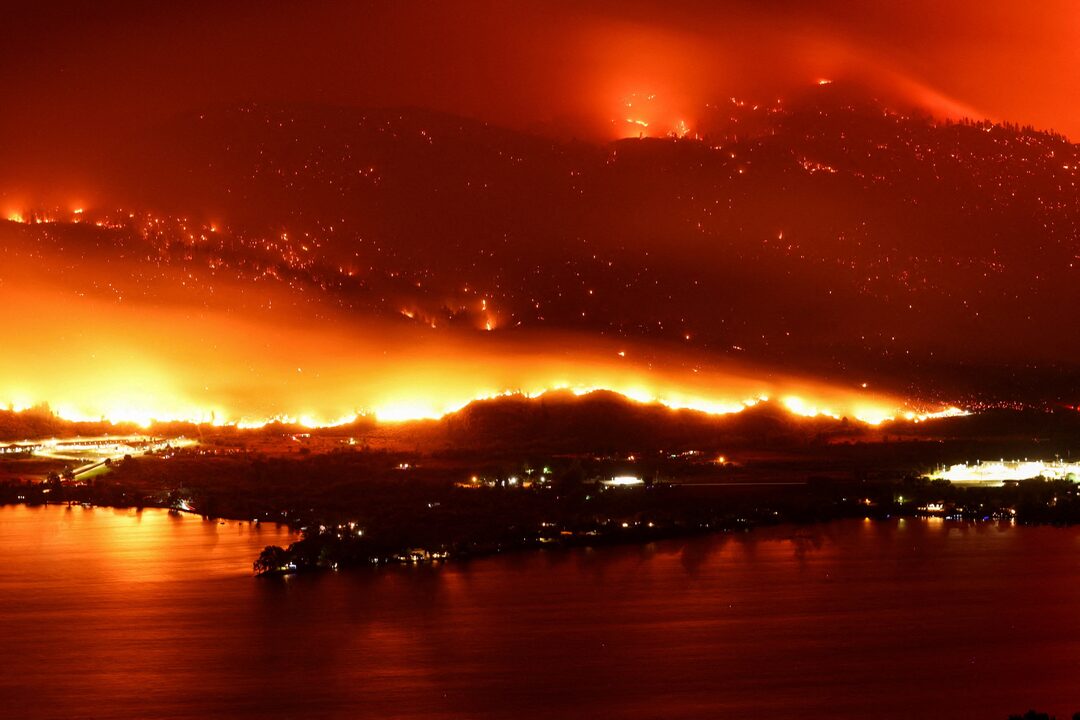
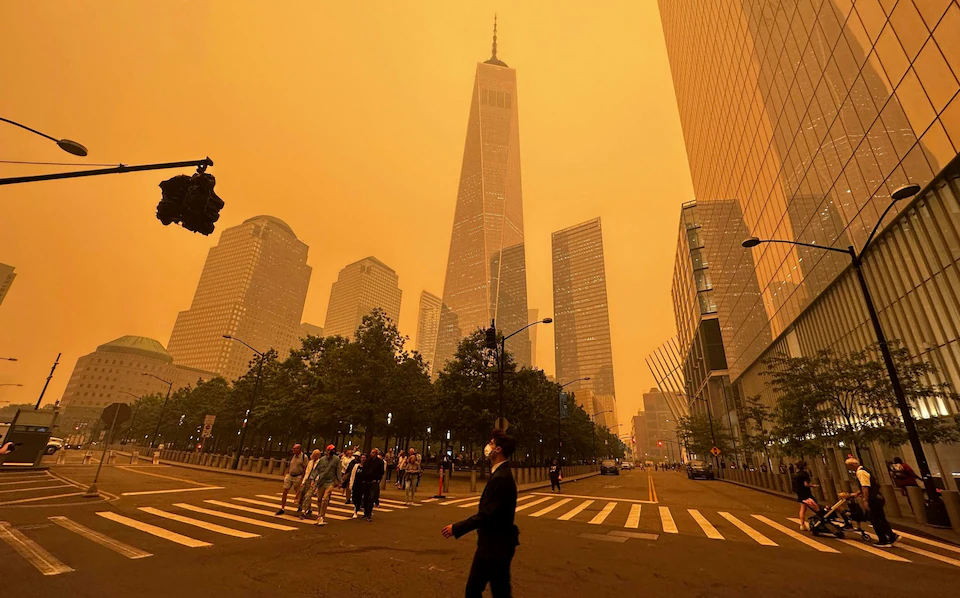
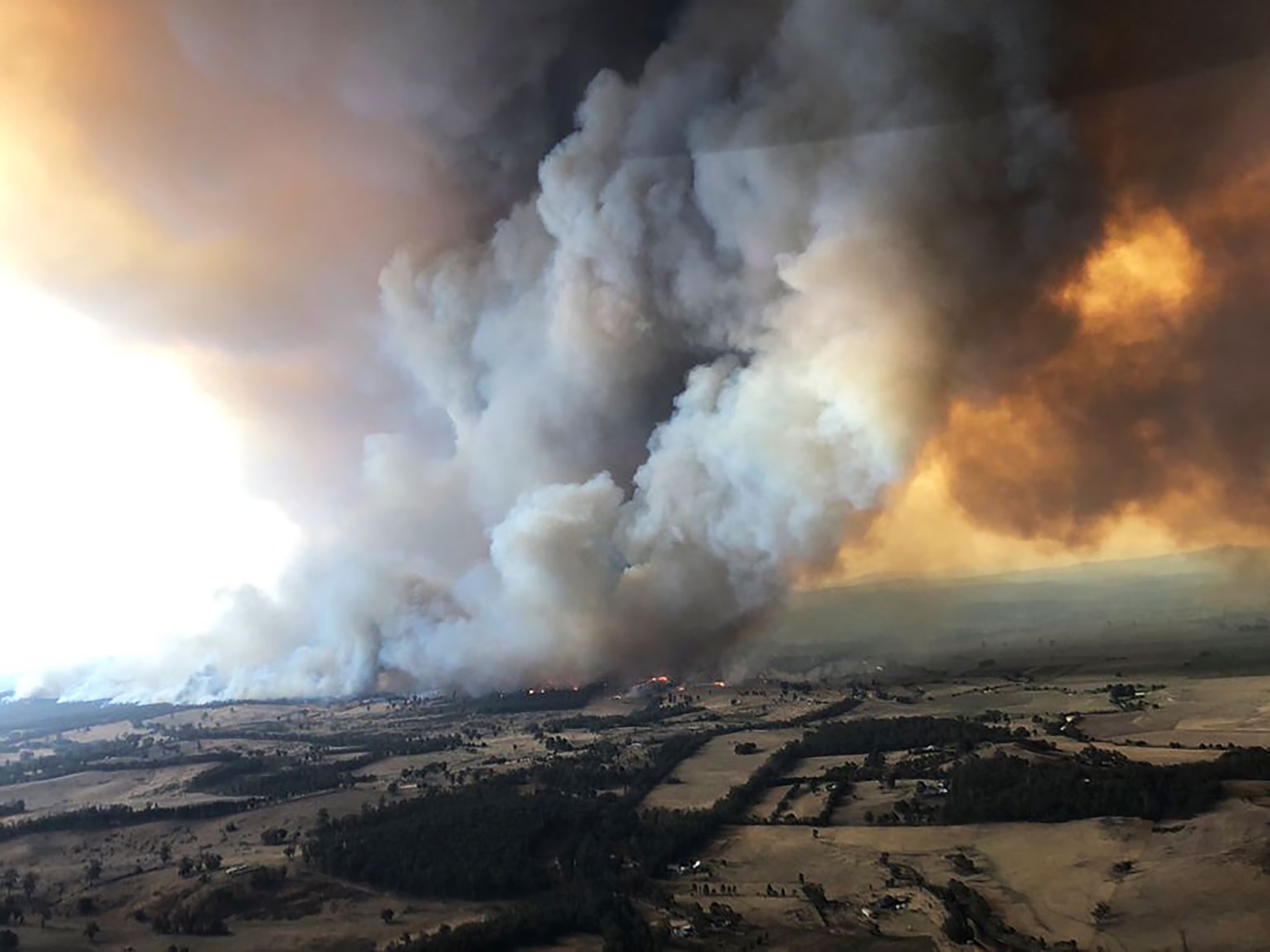
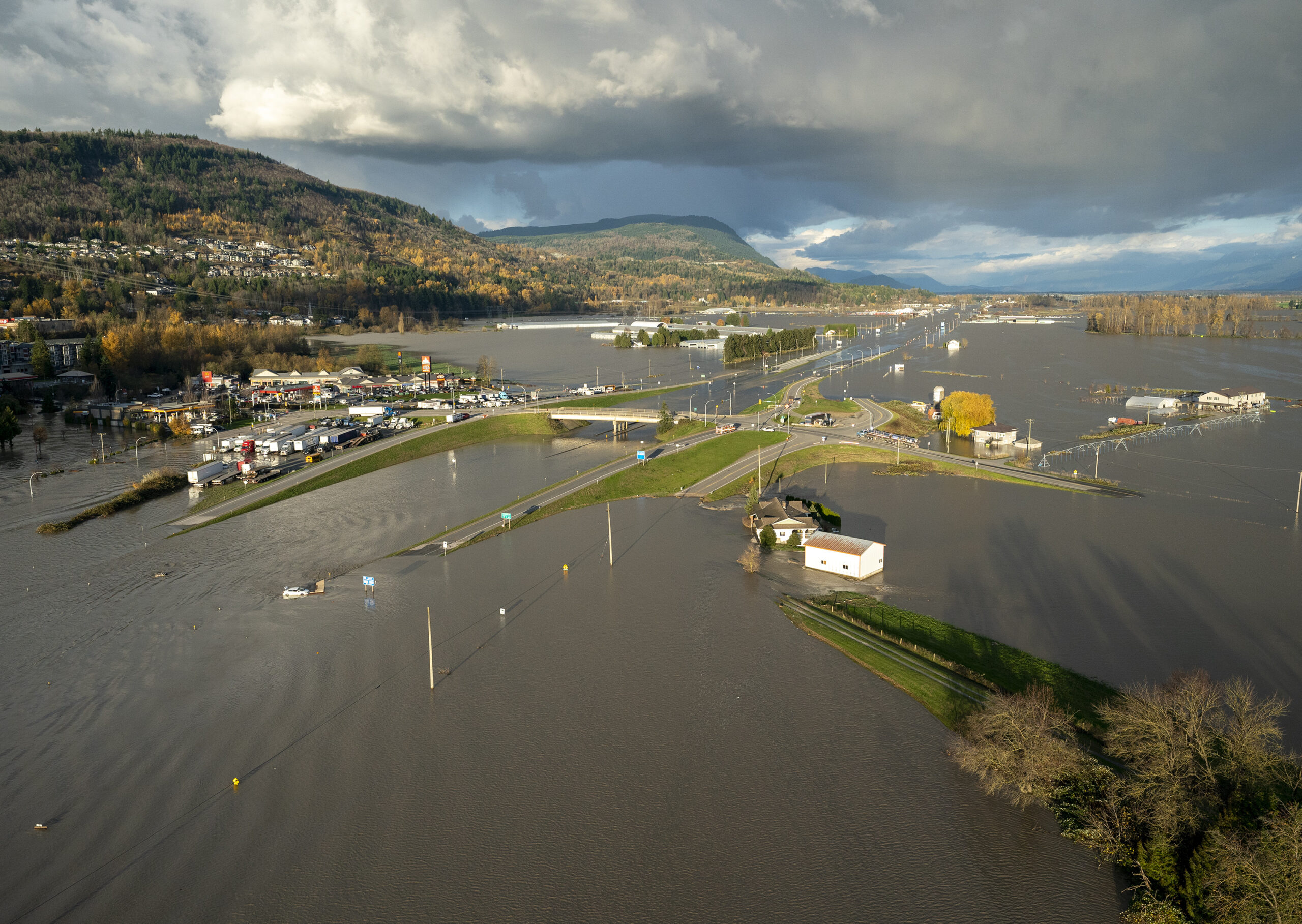
Despite the challenges we face, there is hope. All the technology we need to address climate change has already been invented, and advances in the clean energy sector are making this technology increasingly more affordable. The biggest problem we now face is a matter of political will. While governments are making moves to address climate change, they face increasing pressure from corporate interests to curtail any meaningful efforts.
Governments around the world are turning to carbon taxes in an effort to curb emissions. However, these measures often feel like a burden to the average citizen, and for good reason. They make everyday life less affordable when financial pressures are at an all-time high, and governments aren’t even investing the revenues from carbon taxes into meaningful solutions.
For instance, the Canadian Federal Government redistributes ninety percent of the revenue back to lower-income families, effectively creating a form of wealth redistribution instead of using the money to address climate change directly. Meanwhile, the government continues to give the oil and gas industry billions of dollars in subsidies, eliminating any incentive to reduce emissions while placing the burden on Canadian citizens.
Canada remains one of the highest per-capita emitters in the developed world—surpassed only by Australia and closely followed by the United States.
- Intergovernmental Panel on Climate Change Report (IPCC, 2022)
The carbon tax is meant to push people toward cleaner alternatives, but in many cases, viable options are either limited or nonexistent. This is especially true in agriculture, where most farming equipment runs on diesel and zero-emission alternatives have yet to be developed at commercial scale—despite the technology already existing.
Farmers are notably exempt from the carbon tax for their farming equipment, highlighting the policy’s limitations. The tax isn’t driving the necessary transition to greener technologies, and without major investments in sustainable innovation, it cannot deliver meaningful emissions reductions.
Despite climate scientists warning that Canada’s current efforts are woefully insufficient to meet emissions targets, the carbon tax remains the federal government’s flagship climate policy. Rather than issuing rebates, those revenues should be reinvested into tangible, effective solutions that accelerate the shift away from fossil fuels.
Given these challenges, we must ask ourselves: what realistic, cost-effective measures can we take using existing technology without raising taxes even further? How can we end our addiction to hydrocarbons, prepare for climate change, and prevent the collapse of civilization as we know it? These are the key questions this book aims to answer.
Climate change is the single greatest threat to a sustainable future. But, at the same time, addressing the climate challenge presents a golden opportunity to promote prosperity, security and a brighter future for all.
- Ban Ki-Moon, Former United Nations Secretary-General
In this book, we’re not just tackling climate change—we’re building a bold, actionable plan for the future. A future where carbon emissions plummet, forests and ecosystems thrive, and clean energy powers our homes and industries. A world where food systems withstand droughts and deluges, rivers and lakes run clean, and waste fuels innovation instead of landfills. This isn’t a utopian dream. It’s a future within our grasp—one that isn’t just sustainable, but more prosperous, resilient, and secure for everyone. And we can start building it today.
We begin by confronting the reality of the climate crisis: the risks we face, the time we’ve lost, and the urgency to act. But this isn’t where the story ends—it’s where it begins. Because within the enormity of the challenge lies an unprecedented opportunity.
The first seeds of hope emerge as we explore natural and technological solutions that can start turning the tide immediately. From reforesting landscapes with military precision to harnessing carbon capture technologies that pull emissions straight from the air, these solutions prove we’re not powerless. We can act—and we can act now.
From there, the focus shifts to the heart of our climate strategy: a revolution in energy. We’ll explore how nuclear power, geothermal energy, and hydrogen can transform the fossil fuel industry into an engine for sustainability. These aren’t distant possibilities—they’re proven technologies, ready to anchor a cleaner, more reliable energy grid.
But clean energy alone won’t save us. We must also rethink how we manage resources, grow food, and clean up the waste polluting our planet. Vertical farming, restoring our rivers, lakes, and oceans, and rediscovering the ancient potential of plants like hemp aren’t just prudent—they’re essential.
With no new greenhouse gas mitigation measures taken, allowing the climate to warm 5°C by 2100, the cumulative cost to Canada would be $5.5 trillion.
- Neal Willcott, PhD Candidate - Finance, and Sean Cleary, Professor of Finance, Queen’s University
Yet a vision alone isn’t enough—we need a roadmap to turn solutions into action. We’ll bring everything together in a detailed, step-by-step climate action plan, backed by hard data to show that investing in our planet isn’t just necessary—it’s a massive economic opportunity waiting to be seized.
This isn’t just about saving the planet—it’s about investing in a future that delivers. The climate action plan outlined in this book has the potential to generate a $1.2 trillion return on investment over 30 years. By strategically advancing clean energy, carbon management, and sustainable industries, Canada can lead—not just in fighting climate change, but in building the economy of the future.
But to get there, we must confront the barriers that have held us back. Systemic inertia, political gridlock, and entrenched interests have stalled progress for too long. The path forward won’t be easy. Yet history proves that when people rise to the occasion, change becomes unstoppable.
The solutions in this book aren’t confined by borders—they’re a blueprint for any nation ready to take bold action. But before we can forge ahead, we need a clear-eyed look at where we stand, how we got here, and what’s at stake if we fail to act.
We have the tools to reshape our future—it’s time to stop waiting for change and start building it. Canada has a tremendous opportunity to become a global leader in the fight against climate change. Let’s get to work.
Curious about why I wrote this book? Read my Author’s Note →
Want to dive deeper? A full list of sources and further reading for this chapter is available at: www.themundi.com/book/sources
Help shape the future! Sign up to receive behind-the-scenes updates, share your ideas, and influence the direction of my upcoming book on climate change.
